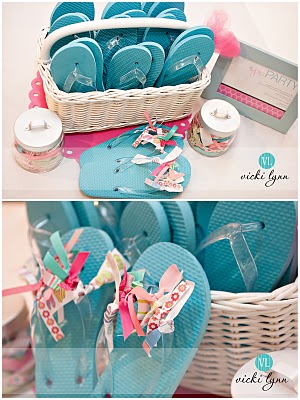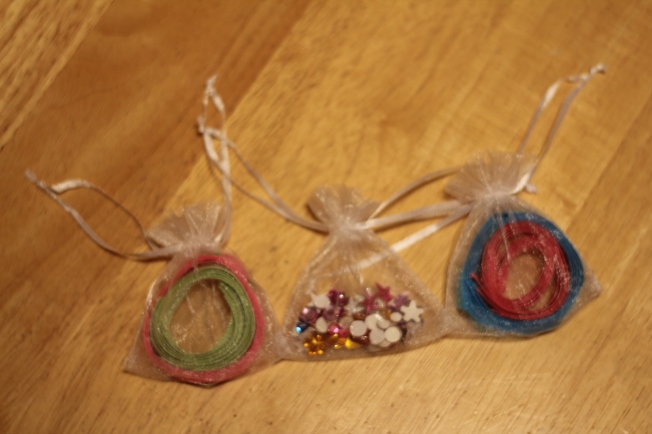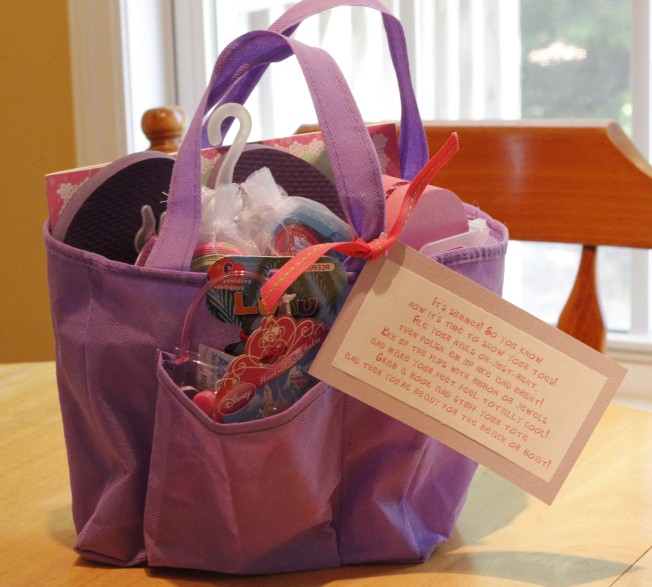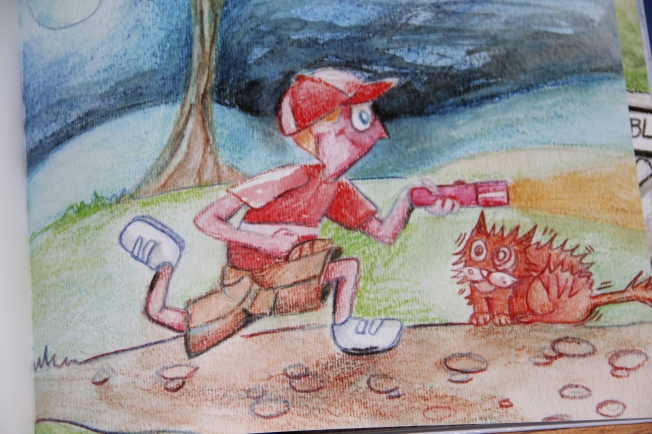 Family Game Night. Does that conjure up memories of endless Monopoly games or charades? A child who can’t get enough of Chutes and Ladders? We have a lot of great games that we enjoy bringing out to play as a family. My husband recently taught our daughter how to play mancala, and now she’s beating him at it! 🙂 She positively loves just about any type of game, and especially matching games. So when Homeschool Mosaic Reviews was offered the chance to check out a memory game from The Classical Historian, I was pretty excited. I wasn’t sure if the material would be too far over her head, but since it was a game, I was willing to take a chance. And I’m so glad I did!
Family Game Night. Does that conjure up memories of endless Monopoly games or charades? A child who can’t get enough of Chutes and Ladders? We have a lot of great games that we enjoy bringing out to play as a family. My husband recently taught our daughter how to play mancala, and now she’s beating him at it! 🙂 She positively loves just about any type of game, and especially matching games. So when Homeschool Mosaic Reviews was offered the chance to check out a memory game from The Classical Historian, I was pretty excited. I wasn’t sure if the material would be too far over her head, but since it was a game, I was willing to take a chance. And I’m so glad I did!

Fresh out of the box: The Classical Historian Medieval History Memory game cards and instruction sheet
The Classical Historian is a family-run company that sells history curriculum for middle and high schoolers and games for all ages. I got the chance to review one of their memory games, Medieval History (available here for $14.95). Other games include Ancient History and American History Memory, and a Go Fish game in the same three time periods, for the same price. The Go Fish games looked fun also, but with a nonreader and an emerging reader in my home, the memory game was the way to go.
Medieval History Memory contains 64 game play cards and two sets of four category cards (Europe, the Americas, the Far East and Arabia). Game set-up and play is like any other Memory game on the market. Set up the 64 cards in a grid formation, face down, and players take turns flipping over two cards at a time, looking for matches. The player with the most matches at the end of the game is the winner.
The cards are nice and sturdy cardboard (so is the storage box), and the pictures on them are high quality. I like the variety in them, both in terms of subject and in medium (some are photographs, some are illustration). The Medieval History set covers several people, places, events and concepts from Europe, the Americas, the Far East and Arabia, although the highest concentration of cards fall in the Europe category.
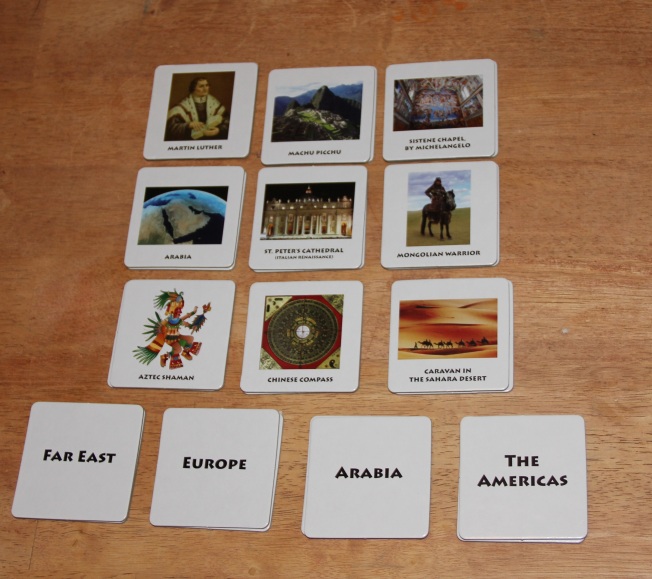
The cards contain a great variety of subjects in Medieval History: people, places, concepts. In addition to classic Memory, game players can also play a Categories game and match cards to regions.
We played Medieval History Memory as a family and had a great time. My husband and I were able to tell a little bit about each card as it was drawn, and I love that the game provides an informal and fun way for the kids to learn about important people and places in history. My daughter drew the card for William Shakespeare, and as soon as I read his name, she got excited. She knew who he was because we were currently reading a Magic Tree House book about Shakespeare. “He is the man who did the play with Jack and Annie!” she said. I can see us playing this game again and again, and learning more a little each time. I’m also pretty interested in the American History matching game; I’m putting that on my wish list for when we start an America unit in our homeschool.
What I love:
- The game uses lots of different depictions on the cards: photographs of real places and art, illustrations, etc and are well made.
- The pictures spark great questions and provide a jumping off point for further research and learning, even though we aren’t doing any “formal” history lesson right now.
Potential pitfalls:
- The game says it’s for players age 3 and up. But even though my 4-year-old made the first match on his first try (there’s luck for you!), he didn’t stick with us in the game for very long. Maybe if we had done a smaller number of cards than the whole 64, he would’ve been more interested. He’s not much of a Memory fan in general though, and he did pipe in with questions and want to see the pictures when others made matches, so even with smaller kids who may not want to play the game, there are still lots of fun ways to use the cards for learning.
Check out The Classical Historian’s web site for this and several other games that are fun for the whole family! Also, the Mosaic Reviews Facebook page is hosting a FB party for The Classical Historian on Friday, June 28, from 9 p.m. to 10 p.m. EDT. Feel free to pop in and learn more about the games–and maybe even win something!


